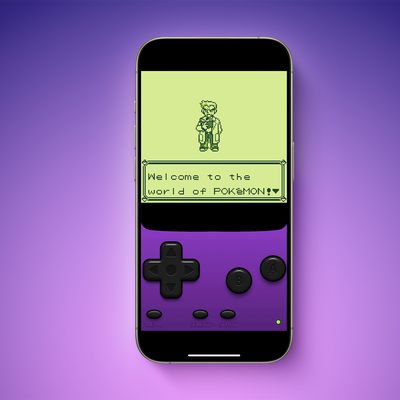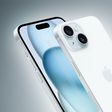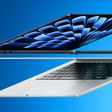LG in December announced the launch of its new 2022 32-inch UltraFine OLED Pro display, and in our latest YouTube video, we went hands-on with it to see how it compares to Apple's Pro Display XDR and whether it might be worth picking up depending on the price point.
Officially named the "32BP95E," the display features a resolution of 3840 x 2160, so it's 4K, and it's OLED with all of the benefits that come with OLED technology. It's technically 31.5 inches, but LG is rounding up to 32.
The LG OLED Pro display is designed for professionals, and it's not unlike the Pro Display XDR in that regard. It boasts impressive color accuracy, and it's limited to 60Hz so it's definitely a display for creatives and not for gaming or content consumption.
It looks similar to most other LG monitors, and it comes with a solid selection of ports like USB-C, 2 DisplayPorts, an HDMI port, three USB-A ports, and a headphone jack. It offers tilt and height adjustment, and it can be used vertically.
There's also a monitor hood to reduce glare and built-in color calibration tools, both of which are upgrades from the prior model, but there are no real standout features even though it does look impressive. Make sure to take a look at our YouTube video for a full feature overview and to see it in action.
LG has not released pricing or provided details on when the display is going to be available, but the prior model cost $4,000, so it's not going to be cheap when it comes out.
For those who might be interested in this display, there are rumors that Apple is working on its own Apple-branded display options that could come out in 2022, so it may be worth holding out on a purchase to see how rumors progress.
Current information indicates that there are 24, 27, and 32-inch displays in the works. The 32-inch display is likely to be a Pro Display XDR replacement, but the smaller displays are expected be more affordable (possibly around ~$2000) and closer to replacements for the now-discontinued Thunderbolt Display.




















Top Rated Comments
Very common for this type of professional monitor.
WRGB OLED - 4 white subpixels with one going through a red filter, one going through a green filter and one goign through a blue filter. The unfiltered white pixel is there to boost the brightness. Thus you get poorer colour volume (i.e. a bright blue is actually the blue subpixel and the white subpixel). The strength of the underlying all-white subpixels is that there was no need to evaporate the red, blue and green materials separately which can lead to mask issues (this is what knackered Samsung's OLED production as they just couldn't get the yields up in 2013 to match the price drops LG achieved). The white was made from blue and yellow emitters (evo panels use blue, green and yellow).
RGB OLED (as per this screen) - the standard 3 subpixels produced by inkjet printing in this case to avoid the masking issue. It is very likely that there are still colour filters as OLED emitters tend to have quite broad spectra. As there is no white subpixel, the colour volume is good. Lifetime/burn-in is still a bit of an unknown.
QD-OLED - As WRGB OLED, all the OLED subpixels are the same colour to ease production (no mask issues) - in this case 3 blue subpixels. The red and green subpixels have quantum dot layers to downconvert the blue. QDs typically have very narrow spectra so the colours will be better / wider than regular OLED (also, no white subpixel dilution). The blue subpixel may well need a colour filter as well. The downsides are that as blue OLEDs drive all 3 colours, the efficiency of the panel is lower than RGB-OLED (this is unlikely to come to smartphones or tablets anytime soon) and the lifetime of blue is the lowest of the colours so burn-in could be an issue.
MiniLED - A regular LCD with backlighting with very small LEDs. As such there is a lack of per-pixel control (leads to blooming) but the brightness can go high and no burn-in/lifetime issues.
MicroLED - very, very small LEDs with each subpixel being an individual LED. In theory, the best of all worlds with pixel-level brightness, high brightness and no lifetime issues. Currently experiencing very low yields in manufacturing at large screen sizes (100" and over) - 'regular' sizes are goign to be even more difficult to manufacture.
LG has a massive WRGB OLED production infrastructure so they can crank out WRGB OLED TVs for a (relatively) low cost. So the main cost driver is how many WRGB panels they can cut from a piece of "mother glass" without waste.
The professional RGB OLED monitors use a special inkjet printing process created by Japan OLED and the production scale is significantly lower so the production costs per panel are significantly higher.